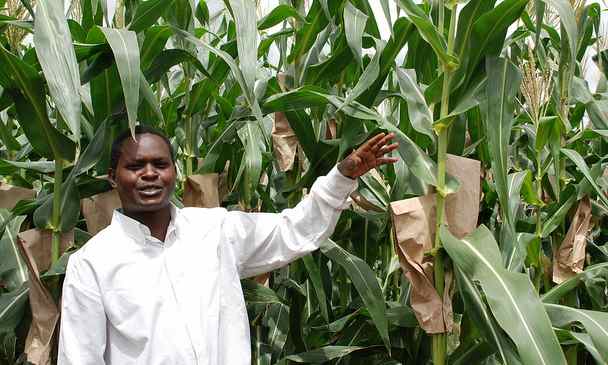According to the International Food Policy Research Institute (IFPRI) and the Association for Strengthening Agricultural Research in Eastern and Central Africa (ASARECA), the changing climate will result in a geographic shift of maize and wheat production, making areas of the country much less productive for cultivation, while allowing other areas to flourish. A recent report released by the CGIAR Research Program on Climate Change, Agriculture, and Food Security (CCAFS) suggests that Kenyan farms are unable to adapt well to a changing climate because of general poverty, profound reliance on rainfed agriculture, and frequent droughts and floods. However, there is hope for Kenyan farmers, who make up 75 percent of the country’s labor force.
The CCAFS believes that Kenya “may not only survive, but could even thrive in the face of climate change.” According to the report, Kenyan farmers will have the capability to respond positively to the changing climate and flourish within it if given the proper services, policies and options. Climate predictions and crop models operate as such services. Timothy Thomas, a research fellow at IFPRI says that, “Climate predictions for Kenya’s most important crop, for example, tell us where maize farmers may need to shift to other crops, where they might need to introduce drought-resistant varieties, and even new areas where maize can grow.”
Crop models are suggesting a variety of possible outcomes: a 25 percent decrease in maize production, increased rainfall resulting in maize cultivation in areas previously too dry to support the crop, and rising temperatures allowing maize to grow in higher elevations. In order to adapt accordingly, Michael Waithaka, leader of the Advocacy Program at ASARECA, recommends that farmers have a number of options available to them. In order to provide as many options as are needed, Waithaka suggests that the ASARECA and other organizations strengthen the agricultural research institutes and support the services that deliver new ideas and practices to farmers. Options include migrating to more maize-friendly areas, and helping farmers find better crops to grow in their locations. Waithaka says that, “overall, it is important to help farmers improve their practices, diversify their crops, and adopt new varieties so they can boost food production even as growing conditions change.”






